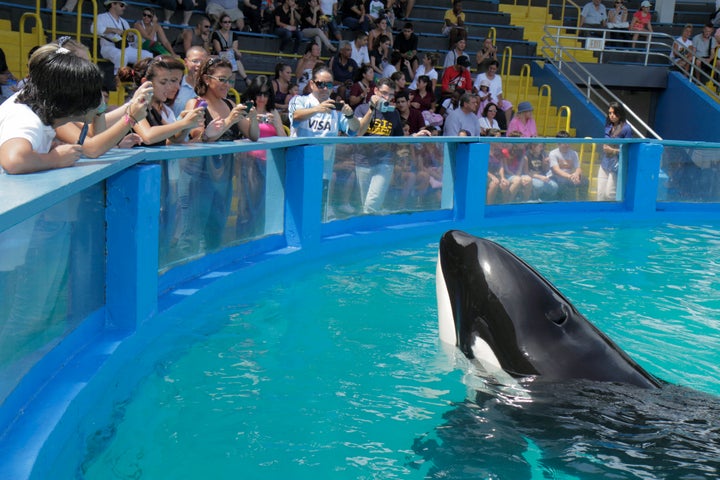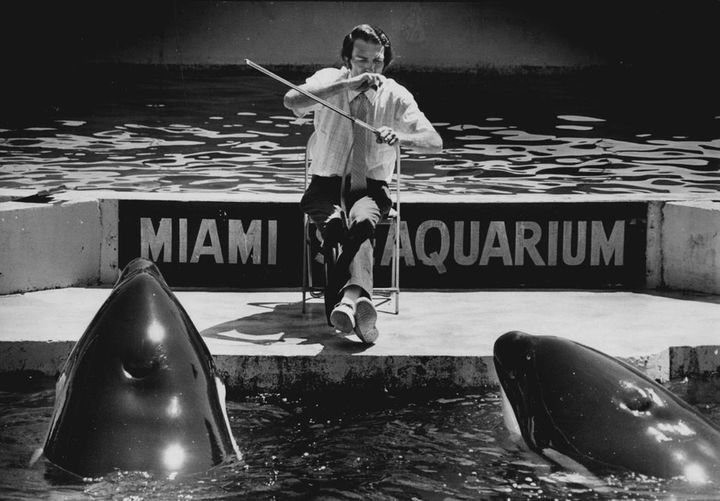
The “world’s loneliest orca” will soon be returned to world after decades in captivity in a concrete tank.
In the best feel-good news of the week, Lolita – who is said to be around 57 years old and around 5,000 pounds – is expected to soon return to the Pacific Ocean a shocking 52 years since she was first abducted.
And there’s no doubt that Lolita has had it tough since she was first seized in 1970, when she was one of more than 80 killer whales who were violently rounded up in giant nets. Many of her companions died trying to free themselves, and their corpses were filled with rocks to sink the evidence.
Seven of the remaining survivors, including Lolita, were then sold into captivity. Of that cohort, she’s the only one still alive.
Even her previous companion Hugo died after ramming his head against at concrete wall, which experts claim was a suicide.
That means Lolita – also known as Toki, short for the Native America name of Tokitae – has been alone since 1980, even though killer whales are highly social mammals who can live up to 80 years.

But, freedom is in sight after an unusual collaboration between environmental advocacy group, Friends of Lolita and the Miami Seaquarium, where Lolita is still held.
Miraculously, it has resulted in a “binding agreement” to return the killer whale within two years.
Seaquarium phased out killer whale shows in 2016 and Lolita, previously a top performer, was allowed to retire in March 2022 after the venue’s ownership changed hands.
New owners The Dolphin Co chief executive Eduardo Albor explained that “finding a better future for Lolita” is partly why they took over the aquarium.
Pritam Singh, who founded Friends of Lolita, also heaped praise on the famous mammal: “She’s persevered the difficulties that we humans forced on her.
“She lived through her capture and the death of family members and living in this small tank for so many years. When you see her, her life force brings you to tears.”
Millionaire philanthropist Jim Irsay has bankrolled the entire campaign, and reportedly spent an eight-figure sum to pay for the logistics of returning Lolita to her natural habitat.
Within nine months, she is expected to be transported to Washington state to be taught how to cope in the wild within a sea pen, before being released into Puget Sound (the site of her capture back in 1970), off the coast of Seattle.
According to the Miami Herald though, the plan still needs federal approval to transport the whale. And there is the additional stress of that journey for Lolita.
Still, this is an amazing success for campaigners. The bid to set her free really picked up after the 2013 documentary ’Blackfish’ looked into what life was like for captured orcas.
Then the National Oceanic and Atmospheric Administration added orcas to the endangered species list in 2015, and the whole campaign snowballed.